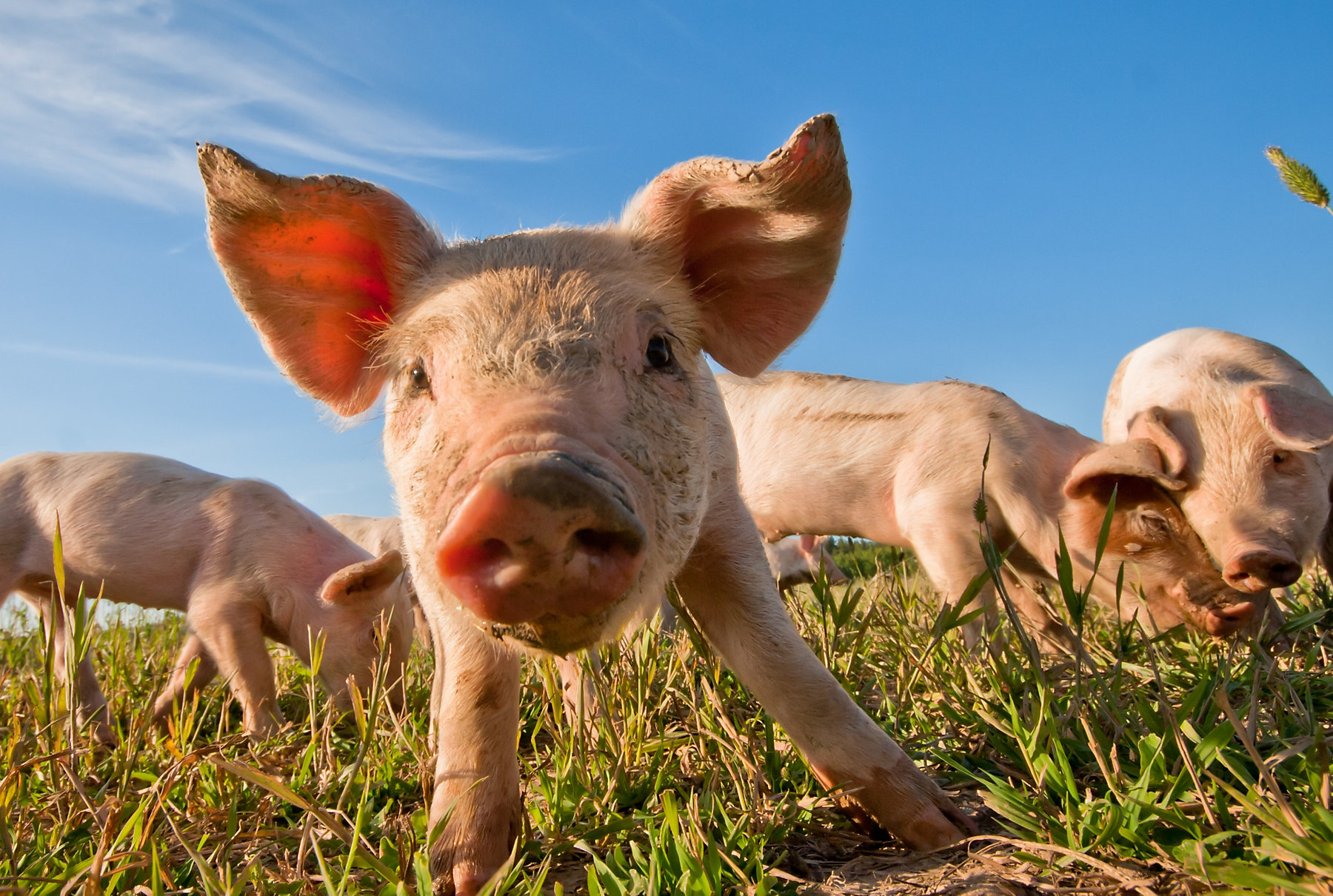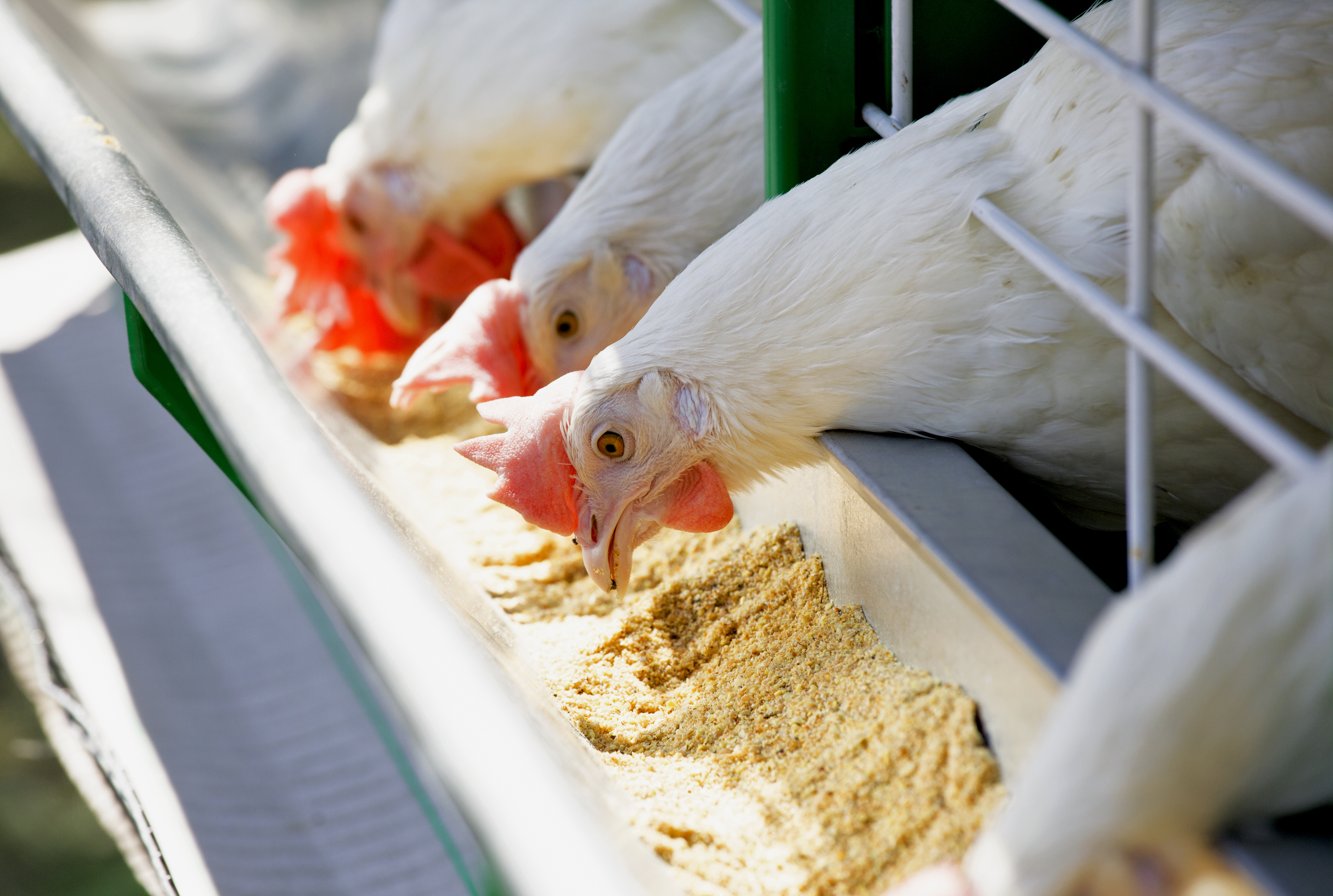When using an antioxidant, it’s important to remember that it cannot reverse oxidation that has already occurred. However, combinations of certain primary and secondary antioxidants can be more effective in preventing lipid oxidation than the individual components.5
Are all antioxidants equally effective?
The short answer is NO. The effectiveness of an antioxidant depends on multiple factors including the substrate, antioxidant dose, chemistry synergy and time and place of application. Research has shown that TBHQ and propyl gallate are more effective for vegetable oils; whereas, BHA and BHT are most effective when used in saturated animal fats.5,6 Considering the wide variability in fats and oils used today – poultry fat, restaurant greases, corn oil, etc. – would you trust a single antioxidant to protect everything or have oxidation control solutions designed specifically with fat variability in mind?
Kemin oxidation control solutions
The best way to protect your fat from negative oxidation effects is to use an antioxidant system. An antioxidant system should contain a combination of the following:
- Synergistic blend of antioxidants to absorb free radicals before they destroy fatty acids
- Metal chelators to bind metal ions, which may promote free radical oxidation
- Oil-based carriers to better mix with fat molecules
With more than 50 years of research and development experience in the animal feed industry, Kemin offers research-backed natural and synthetic antioxidant systems – including non-ethoxyquin options – that are specifically designed for different fats and oils. For more information on how Kemin antioxidant solutions can help you maintain the nutritional value of your fats and oils, visit Kemin Animal Nutrition and Health at kemin.com/feedquality.
KEMIN LIQUID ANTIOXIDANT SYSTEMS
|
Product
|
No Ethoxyquin Added
|
Animal Fats
|
Vegetable Oils
|
Blends
|
Active
|
Synthetic Antioxidants
|
RENDOX® AET
|
|
X
|
|
X
|
BHA, BHT & EQ
|
RENDOX® AT 20
|
X
|
X
|
|
|
BHA & BHT
|
RENDOX® CQ
|
X
|
|
X
|
|
TBHQ & Citric Acid
|
RENDOX® RG
|
|
|
|
X
|
EQ, TBHQ & Phosphoric Acid
|
Natural Antioxidants
|
NATUROX®
Premium Liquid
|
X
|
X
|
|
|
Tocopherols
|
KN-50 IP Liquid (suitable for organic applications)
|
X
|
X
|
|
|
Tocopherols
|
References
1Hung, Y.T., et al. 2017. Peroxidized lipids reduce growth performance of poultry and swine: A meta-analysis. Animal Feed Science and Technology, 231:47-58.
2Shurson, J. and B. Kerr. Fat, oxidation and the swine diet. National Hog Farmer, July 19, 2018.
3Shurson, J., et al. 2015. Evaluating the quality of feed fats and oils and their effects on pig growth performance. Journal of Animal Science and Biotechnology, 6:10.
4Kerr, B., et. al. 2015. Characteristics of lipids and their feeding value in swine diets. Journal of Animal Science and Biotechnology, 6:30.
5Budilarto, E.S. and Kamal-Eldin, A. 2015. The supramolecular chemistry of lipid oxidation and antioxidation in bulk oils. Eur. J. Lipid Sci. Technol., 117:1095-1137.
6Comparative antioxidant efficacy of the antioxidants BHA, BHT, MTBHQ and ethoxyquin, BB-03-00649.


